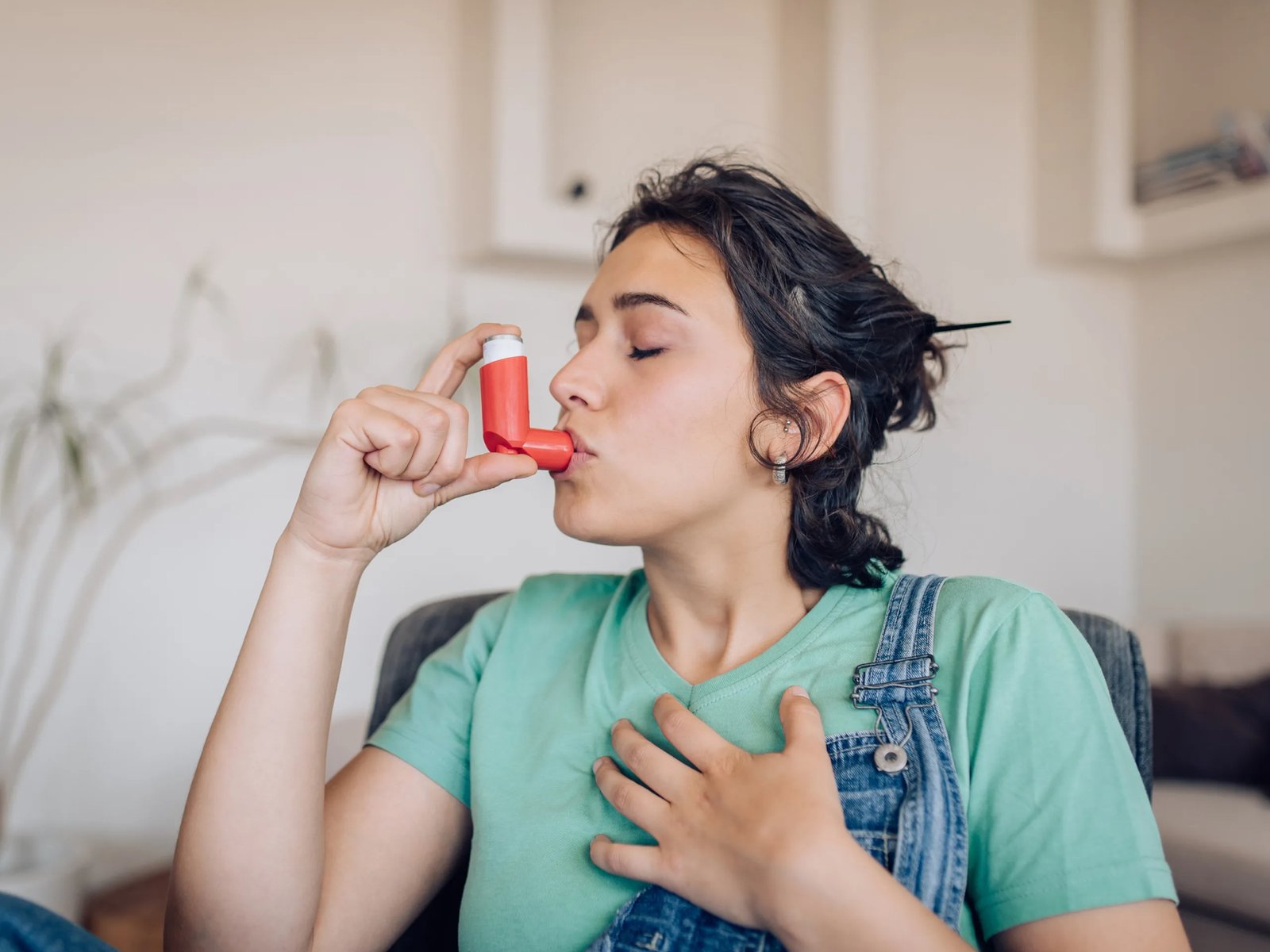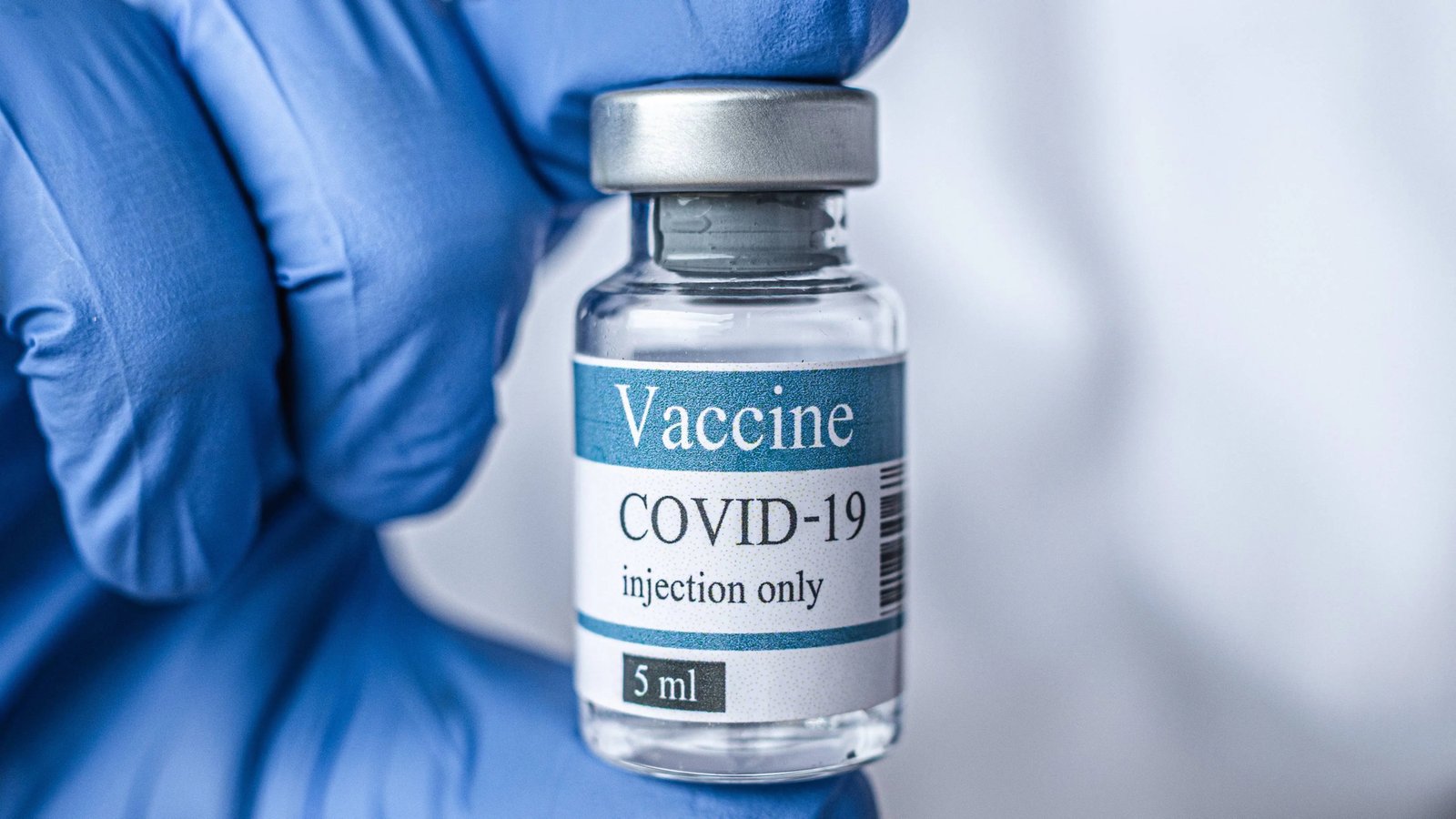Ebola virus disease (EVD) is a severe and often fatal illness caused by the Ebola virus, which was first identified in 1976 during two simultaneous outbreaks in Sudan and the Democratic Republic of Congo. Over the years, Ebola has gained global attention due to its rapid spread, high mortality rates, and devastating impact on communities. Despite its fearsome reputation, advancements in medicine have improved treatment options, offering hope for those affected.
In this article, we will delve into the causes of Ebola, its symptoms, transmission methods, and the available treatments and vaccines designed to combat this deadly virus.
What Is Ebola?
Ebola is a viral hemorrhagic fever caused by the Ebola virus, a member of the Filoviridae family. There are five known species of the Ebola virus, four of which can infect humans: Zaire, Sudan, Tai Forest, and Bundibugyo. The Zaire strain is the most lethal, causing the majority of outbreaks with mortality rates that can reach up to 90% in untreated cases.
How Is Ebola Transmitted?
Ebola is transmitted to humans from wild animals, with bats considered to be the natural reservoir of the virus. Once the virus jumps to humans, it spreads through direct contact with:
- Blood, secretions, organs, or other bodily fluids of infected individuals
- Contaminated surfaces and materials, such as bedding or clothing
- Infected animals, either through handling or consumption
Healthcare workers and family members caring for infected individuals are at particularly high risk of contracting Ebola if proper protective measures are not taken.
Symptoms of Ebola


The incubation period for Ebola ranges from 2 to 21 days, with most symptoms appearing within 8 to 10 days after exposure. Early symptoms can resemble the flu, making early detection challenging. Common symptoms include:
- Sudden onset of fever
- Severe headache
- Muscle pain and fatigue
- Sore throat
- Vomiting and diarrhea
- Abdominal pain
As the disease progresses, patients may experience severe internal and external bleeding (hemorrhaging), organ failure, and shock, leading to death in many cases without timely medical intervention.
Diagnosis and Isolation
Because Ebola symptoms are similar to other viral infections, early diagnosis can be challenging. Healthcare professionals rely on laboratory testing, such as polymerase chain reaction (PCR) assays, to confirm the presence of the virus. Once diagnosed, patients must be immediately isolated to prevent the spread of the virus to others.
Treatment for Ebola
Although there is no specific antiviral cure for Ebola, significant advancements in supportive care and therapeutic treatments have improved survival rates for infected individuals. The primary goal of treatment is to maintain vital organ function and manage symptoms while the patient’s immune system fights the virus.
- Supportive Care:
- Hydration: Intravenous fluids and electrolyte replacement are essential to prevent dehydration caused by vomiting and diarrhea.
- Oxygen Therapy: Patients may require supplemental oxygen to support respiratory function.
- Blood Pressure Maintenance: Medications may be administered to stabilize blood pressure and prevent shock.
- Pain and Fever Management: Drugs like acetaminophen can help manage fever and alleviate pain.
- Antiviral and Therapeutic Treatments:
- Monoclonal Antibody Treatments: Drugs like Inmazeb (atoltivimab, maftivimab, and odesivimab) and Ebanga (ansuvimab-zykl) are monoclonal antibodies that have been approved to treat Ebola. These therapies work by binding to the virus, neutralizing it, and preventing it from infecting cells.
- Remdesivir: Initially developed as a broad-spectrum antiviral, Remdesivir has shown promise in reducing Ebola virus replication in laboratory settings, though its effectiveness in treating Ebola in humans remains under further investigation.
- Blood Transfusions: During the 2014 West African Ebola outbreak, experimental treatments using blood transfusions from Ebola survivors were tested. The antibodies present in the survivors’ blood were thought to help fight off the virus in newly infected patients. Although the results were mixed, this method provided valuable insight into potential future treatments.
- Experimental Treatments: Research into other antiviral drugs, such as favipiravir, continues as part of efforts to develop additional treatment options for Ebola. However, these drugs are still under clinical trials and are not widely available.
The Role of Vaccination in Ebola Prevention
The development of effective vaccines has been one of the most significant milestones in the fight against Ebola. The Ervebo (rVSV-ZEBOV) vaccine, approved by the World Health Organization (WHO) and the U.S. Food and Drug Administration (FDA), is now used to protect individuals at high risk of exposure to the Ebola virus, particularly during outbreaks.
- Ring Vaccination Strategy: During outbreaks, health authorities employ a “ring vaccination” approach, vaccinating individuals who have come into contact with an infected person, as well as their close contacts, to prevent the spread of the virus.
Preventing Ebola
While vaccines and treatments are essential, preventing the transmission of Ebola remains a critical aspect of controlling outbreaks. Key preventive measures include:
- Strict Hygiene Practices: Regular hand washing with soap and water or alcohol-based sanitizers is crucial in reducing the risk of transmission.
- Avoiding Contact with Infected Individuals: Healthcare workers and caregivers must use personal protective equipment (PPE) when handling Ebola patients.
- Proper Disposal of Infected Materials: Contaminated items such as clothing, bedding, and medical supplies should be handled with care and disposed of appropriately.
- Education and Public Awareness: Communities in high-risk areas must be educated on the risks of Ebola, safe burial practices, and how to reduce exposure to the virus.
Conclusion: Hope on the Horizon
Although Ebola remains a dangerous and deadly virus, significant progress has been made in developing effective treatments and preventive measures. Monoclonal antibody therapies, improved supportive care, and the successful rollout of vaccines have dramatically increased the chances of survival for infected individuals. Through continued research and global collaboration, the medical community is better equipped to prevent and treat future Ebola outbreaks.
References:
- World Health Organization. “Ebola Virus Disease.” Available at: https://www.who.int/ebola/en
- Centers for Disease Control and Prevention. “Ebola (Ebola Virus Disease).” Available at: https://www.cdc.gov/vhf/ebola
- National Institutes of Health. “Experimental Ebola Treatments Show Promise.” Available at: https://www.nih.gov/ebola-treatments
- U.S. Food and Drug Administration. “FDA Approves First Ebola Vaccine.” Available at: https://www.fda.gov/Ervebo-Ebola-vaccine





